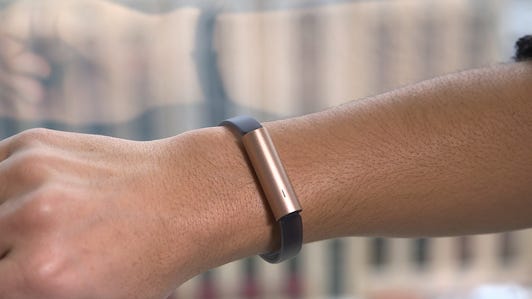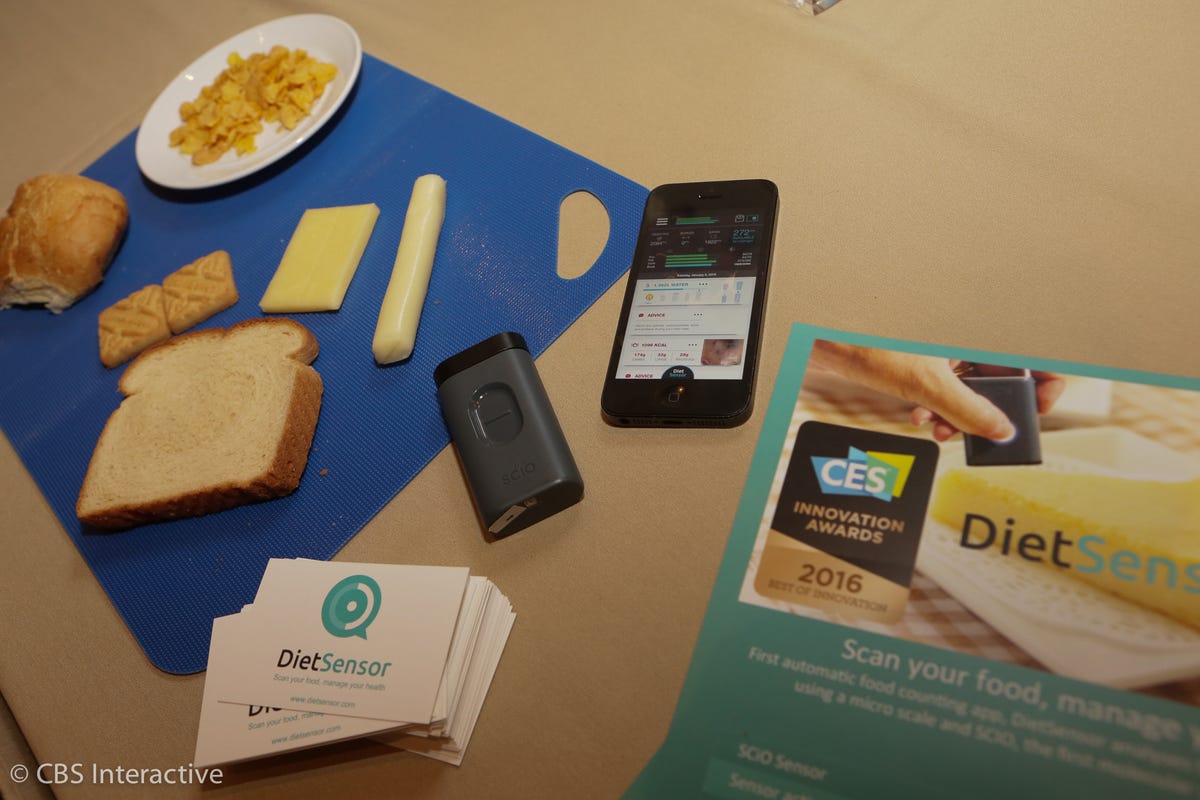This story is part of CES 2016. Our editors bring you complete CES 2016 coverage and scour the showroom floor for the hottest new tech gadgets around.


Now playing:
Watch this:
The DietSensor is a wireless sensor that takes the complexity…
1:21
Tracking what you eat is no easy task. Apps like MyFitnessPal and LoseIt help streamline the process, but it remains difficult when eating out or with homemade food. A new company is looking to change that.
DietSensor claims that in conjunction with a small molecular scanner known as the SCiO, it can instantly collect accurate and user-friendly nutritional information on a wide range of food. This sounded too good to be true, so I had to go and see it for myself. It seemed to work in a controlled demo, but it’s functionality has limitations and I remain skeptical.
The SCiO device, which is developed by Israeli company Consumer Physics, claims to be able read the chemical makeup of materials. It’s non-intrusive and doesn’t need to touch the object. You simply point and scan.

DietSensor
Here’s how they say it works: The handheld scanner sends an infrared beam on the surface of the food or beverage. It then captures the reflected wavelengths that carry the signature of its composition. The DietSensor app will then interpret the data and create a meal profile that provides you with the nutritional facts, along with some general tips about how many calories, carbs, or proteins you should eat for the meal.
All the smartwatches and fitness trackers of CES 2016 (pictures)






Sounds cool, right? The idea is interesting, but it’s not perfect. The scanner can only read homogeneous foods, those with a single level such as chicken, crackers, bread, cheese, and cereal. It was unable to determine the nutrition of the Snickers bar I had with me. While the DietSensor app lets you manually input nutritional data in these situations, that’s no different than apps like MyFitnessPal and Lose It.
I saw the sensor and app in action. While it was able to get the fill the app with nutritional data, I didn’t have the specific food label with me to verify whether the information was correct or not.


Sarah Tew/CNET
The DietSensor is also pricey. The small SCiO scanner will set you back $249, while the Dietsensor app will include a monthly subscription of between $10 to $20. The total cost over a year would be just under $500 (AU$700 or £340, converted directly). I’m left wondering, perhaps we are just better off scheduling a few sessions with a professional nutritionist.
The DietSensor app is slated to launch by September 2016.




